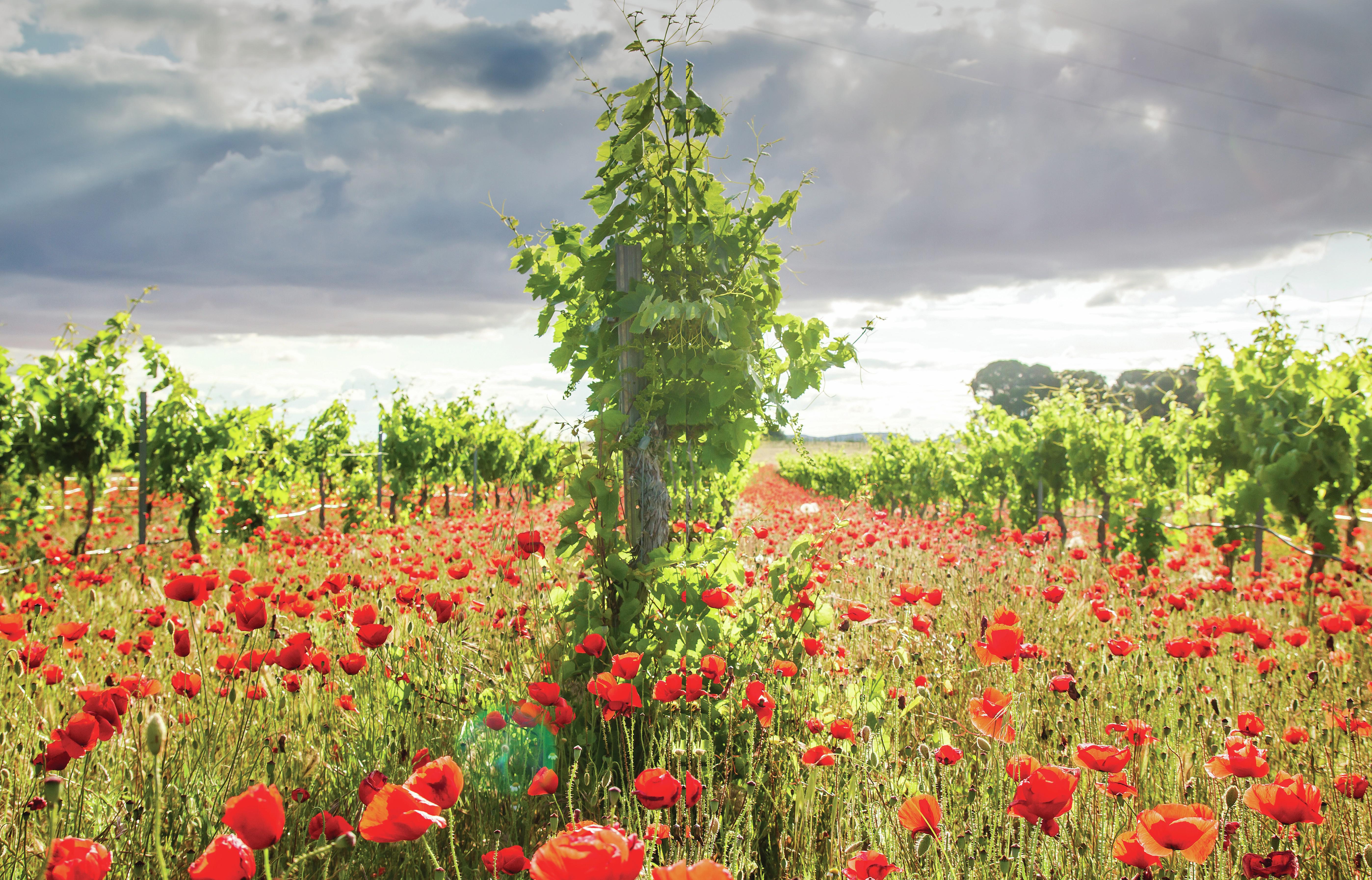This website uses cookies so that we can provide you with the best user experience possible. Cookie information is stored in your browser and performs functions such as recognising you when you return to our website and helping our team to understand which sections of the website you find most interesting and useful.
When it comes to fine wine, is organic synonymous with quality?
Organic and biodynamic wine has been thriving at the top end of the market, but has organic already become synonymous with quality? It is still possible to make a top-end wine without being certified, asks Arabella Mileham.
Organic viticulture has enjoyed a boom in recent years – the latest figures from the OIV say the surface area of certified organic vineyard has increased by an average of 13% each year between 2000 and 2019, now accounting for 6.2% of the total area under vine.
Increasingly, organic wines are more evident on retailers’ shelves, but what about at the very top end of the market? Are collectors and buyers of fine wines also making a beeline for organic?
According to French fine wine auctioneer iDealwine’s annual Barometer, organic and biodynamic wine has been “thriving” at auction over the past few years. The share of organic and biodynamic wine sold at auction represents “at least a quarter of overall sales” (although it noted that its figures didn’t differentiate between vintages that predated certification of the estates that are now certified as organic).
Barometer argued that the rankings of the most expensive organic and biodynamic wines at auction bore a “striking resemblance to the overall rankings of the highest-priced wines in 2022”, particularly at the top of the list. For example, 15 of the top 20 wines in its list of highest-selling wines at auction came from Burgundy, along with two from Bordeaux (Château Palmer and Château Latour). However, this in itself is not proof that consumers are deliberately targeting organic wine at the top end of the market, as the data largely reflects the growing demand for Burgundy rather than a specific demand for organic – particularly as the region is by no means the largest or the most advanced in terms of organic production.
However, as iDealwine’s co-founder, Angélique de Lencquesaing, notes: “Many top producers like Leroy, Château Latour, and Domaine de la Romanée-Conti have become certified. In many ways the move does seem to be more producer-driven.”
ORGANIC PRODUCTION
As de Lencquesaing says, there have been a raft of high-end producers moving to organic production. In June, Burgundy’s Maison Joseph Drouhin, which is aiming to be fully certified by 2028, announced it had started to convert the recently acquired Château de Chasselas in Saint-Véran to organic viticulture, while St Émilion grand cru Château Fleur Cardinale in Burgundy is also undergoing conversion, and is expected to be fully certified organic by 2024. The Vranken-Pommery group in Champagne is in the process of converting, while Champagne Telmont announced its aim to convert 100% of its cultivated areas, comprising both its own 24.5- hectare Telmont Estate vineyards (of which 72% is already certified) as well as those of its partner winegrowers, to organic agriculture by 2031.
Champagne Telmont’s president, Ludovic du Plessis, explains that while converting Telmont’s own estate to organic was relatively simple, the challenge facing all Champagne producers is in persuading grower partners who supply grapes to also go organic. Currently, 49% of Telmont’s growers pursue organic agriculture.
“The idea is to convince them one by one, which we did by helping them with technical advice, as well as with some finance,” he explains. “When they are certified we will pay more for the grapes, but we insisted on helping them during conversion, which is so important. It’s a strong commitment from a Champagne house to do that.”
It follows that converting is easier for grower Champagnes to do, given their control over their own supply – and a number of the top names are indeed organic, including Cedric Bouchard, Ulysse Colin, and Frederic Savart, as well as icons such as Louis Roederer ’s Cristal, and Leclerq Briant’s Abyss.
However, organic conversion is risky, and there is another cost, du Plessis argues. “Inevitably, yields will decrease. What’s more, the land that falls under the designation is strictly regulated, so that it is impossible to make up yields by increasing cultivated areas, which maybe explains why only around 6% of the Champagne region is certified organic.
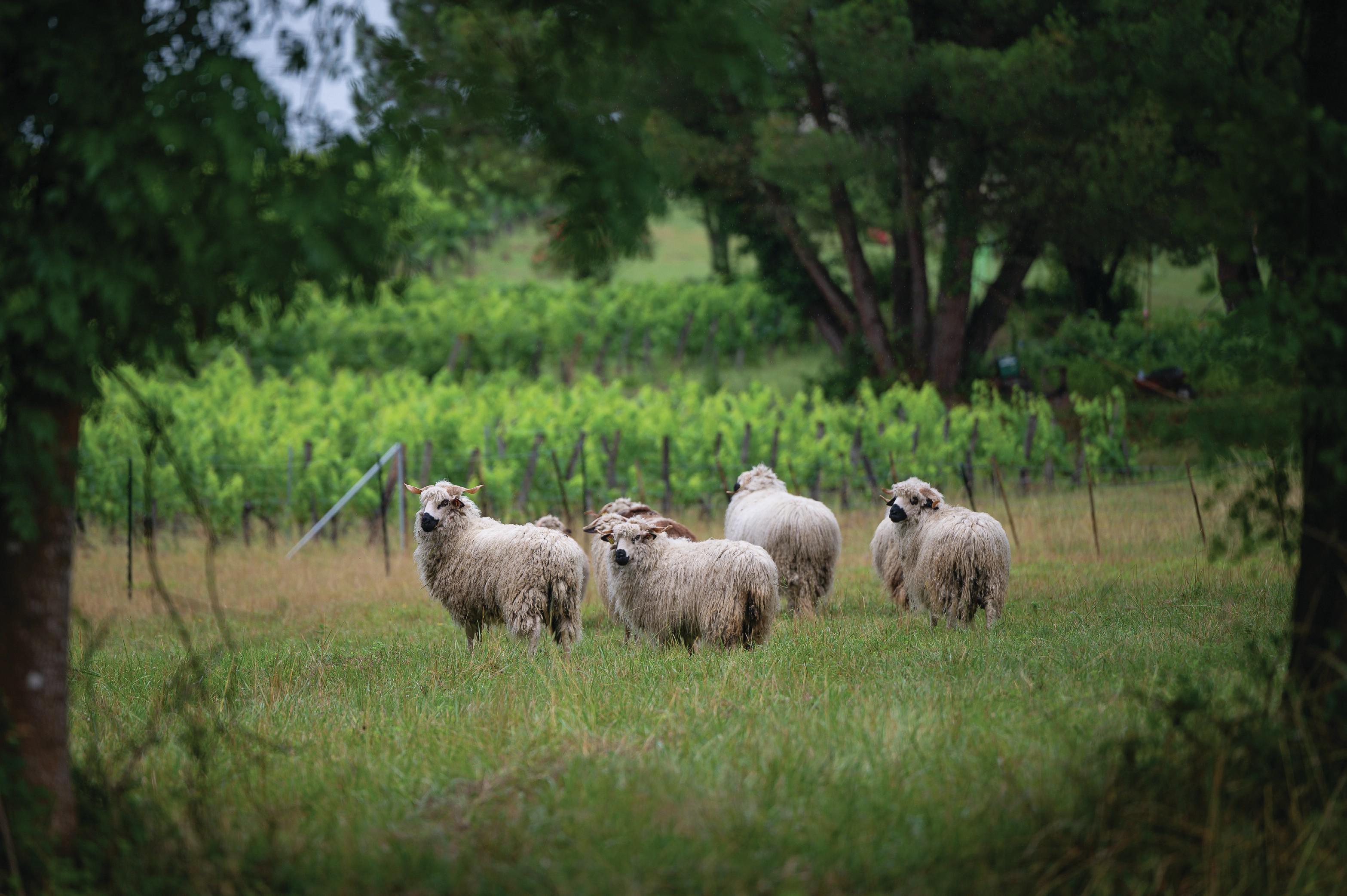
“But for us, the wine is good if the earth if beautiful – it’s as simple as that,” he says.
But is organic viticulture synonymous with the idea of quality? According to Spanish wine producer Artadi it is. With vineyards in Álava, Navarra and Alicante, Artadi sees the terroir as inextricably linked to soil health, and being organic as part and parcel of this. As export manager Ana Rodríguez says: “Organic is not an argument, it is a must. If you want to get the profile and character of the wine, to have the possibility of a wine with respect, and to have ‘honest’ wines, then growing on an organic basis is a must.”
VALUED CONCEPT
Speaking at the recent Artadi 2022 vintage en primeur tasting, organic viticulture specialist Julián Palacios, technical director at Viticultura Viva, argued that there has been a reverse in the trend toward agroindustry in viticulture, which for the past 30 years has seen yields raised and costs lowered. “There is a flourishing, a looking for uniqueness from the vineyard and the rural world,” he explained. “The concept of terroir is more and more valued.” Organic production is a key part of this, he argued, to maintain “living” soils that have been created over millions of years.
“We have to preserve [that heritage] as much as possible and make sure we don’t deteriorate it or bring in a bulldozer to raze it, we have to make sure we keep it as well as possible, so that we can express it, just as nature left it,” he said. “There is a natural ecological cycle with the organic material in the soil. We are interfering by taking away the grapes, so we have to make sure that we look after the soil.”
There is, he noted “an army of worms working for you, as long as you treat them right”, meaning tilling correctly, and not using chemical pesticides. “Everything orbits around those microorganisms that live in the soil.”
However, for others, the parallel between terroir and organics is less clearcut, with de Lencquesaing arguing that the argument is more nuanced. There are, she points out, “still plenty of non-organic producers who are renowned for their ability to express terroir through their wines. The reality is that each individual region and producer faces very different climatic challenges when it comes to the implementation of such practices,” she explains. “For example, Burgundy is a region where the quality of terroir and microclimates makes up a great deal of the demand, yet organic production was still only found on 15% of the surface area as of 2020, while on the other hand in Provence organic vineyards already represented over 43% of the total surface area. Burgundy’s climate presents more challenges throughout the growing season than that of Provence, which helps explain the difference.”
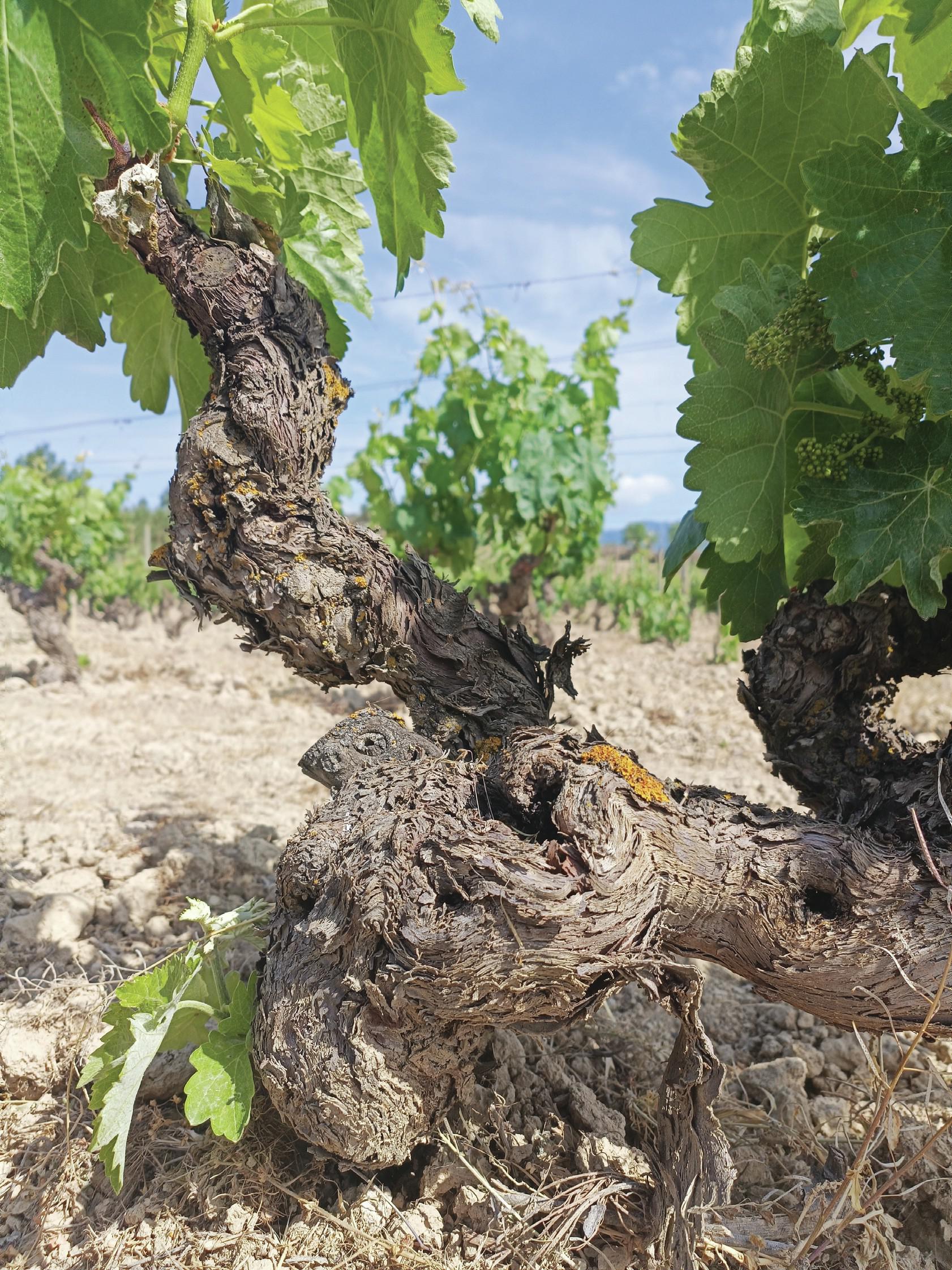
Moët Hennessy, which recently gained organic certification for Château Galoupet in Provence explains that the company was “soils dependent”, and that regenerating its soils formed the first pillar in its sustainability programme, Living Soils Living Together.
Sandrine Sommer, the company’s chief sustainability officer, explains that all of Moët Hennessy’s maisons had been “committed to more sustainable practices in their vineyards for a long time, and we have been accelerating over the past few years. The aim is to reduce the use of chemical inputs and to implement regenerative practices such as cover crops, agroforestry, ecological corridors, and to improve water management. We work to preserve and regenerate soil health and foster biodiversity: this is our key priority. In some cases, for some terroirs, it means becoming organic, as was the case for Château Galoupet,” she says.
Even if the producer is not certified organic, it would be difficult to find a high-quality winemaker that does not take environmental concerns into account during the production of its wines, de Lencquesaing says. “Some producers have decided not to seek certification to have more flexibility regarding their approach to making higher-quality, sustainable wines. For example, Château Cheval Blanc employs agro-forestry practices in its vineyard, which involves planting trees and bushes among the vines, which can have a positive impact on the water, climate and quality of the soil.”
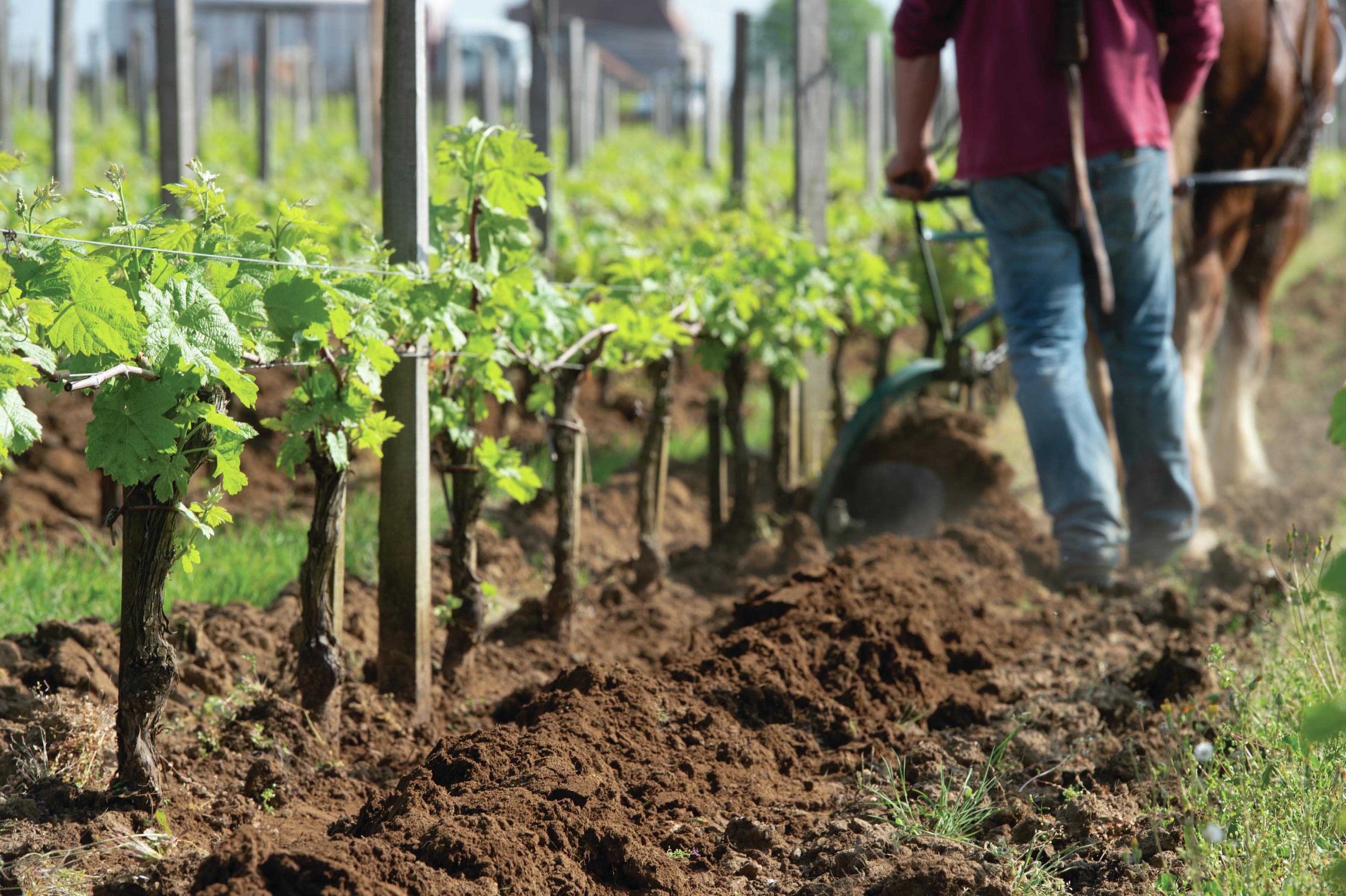
This “double-edged confusion” of producers that follow organic practices but don’t have a certification makes things all the more complicated.
“Where do we draw the line?” Olivia Bodle, global head of events at wine investment company Cult Wines, asks regarding whether to categorise wines as organic at a retail level. “Do they count as an organic producer because they’ve been following these principles for 15 years? Or do you only count the ones who have the certificate as a ‘bona fide’ organic producer?”.
For example Artardi converted to organic production in 2003, but did not become certified until 2017, while Burgundy producer Domaine Arnoux-Lachaux, was certified in 2016, having been mostly adhering to organic farming principles for around 15 years, (while allowing some flexibility to use nonorganic treatments during particularly difficult vintages).
It is perhaps this complexity that makes some merchants and fine wine platforms reluctant to build organic search facilities into their online platforms. The websites of Cult Wines, Bordeaux Index, Berry Bros. & Rudd and BBX, or Liv-ex, for example, do not have the option for consumers to search explicitly for organic wines.
“If you tried to buy only organic wine through Cult Wines, I think that you’d find it very difficult. The information is out there but determining the accuracy, and how accessible it is, is very challenging,” Bodle admits. While some producers make this information freely available – notably those in Burgundy – others do not. “It’s very much on a region-by-region basis,” she adds.
Bodle cites Château Montrose in Saint-Estèphe, which is in the process of converting to organic, noting that there is no mention of the word ‘organic’ on the producer ’s profile, and out of 10 critics’ reviews, only James Suckling mentioned organic grapes. “The organic movement is very much being led by the producers in Bordeaux, and if merchants and critics aren’t mentioning it, then it’s not being passed on to consumers and it’s not on the radar of people who are buying wines en primeur.”
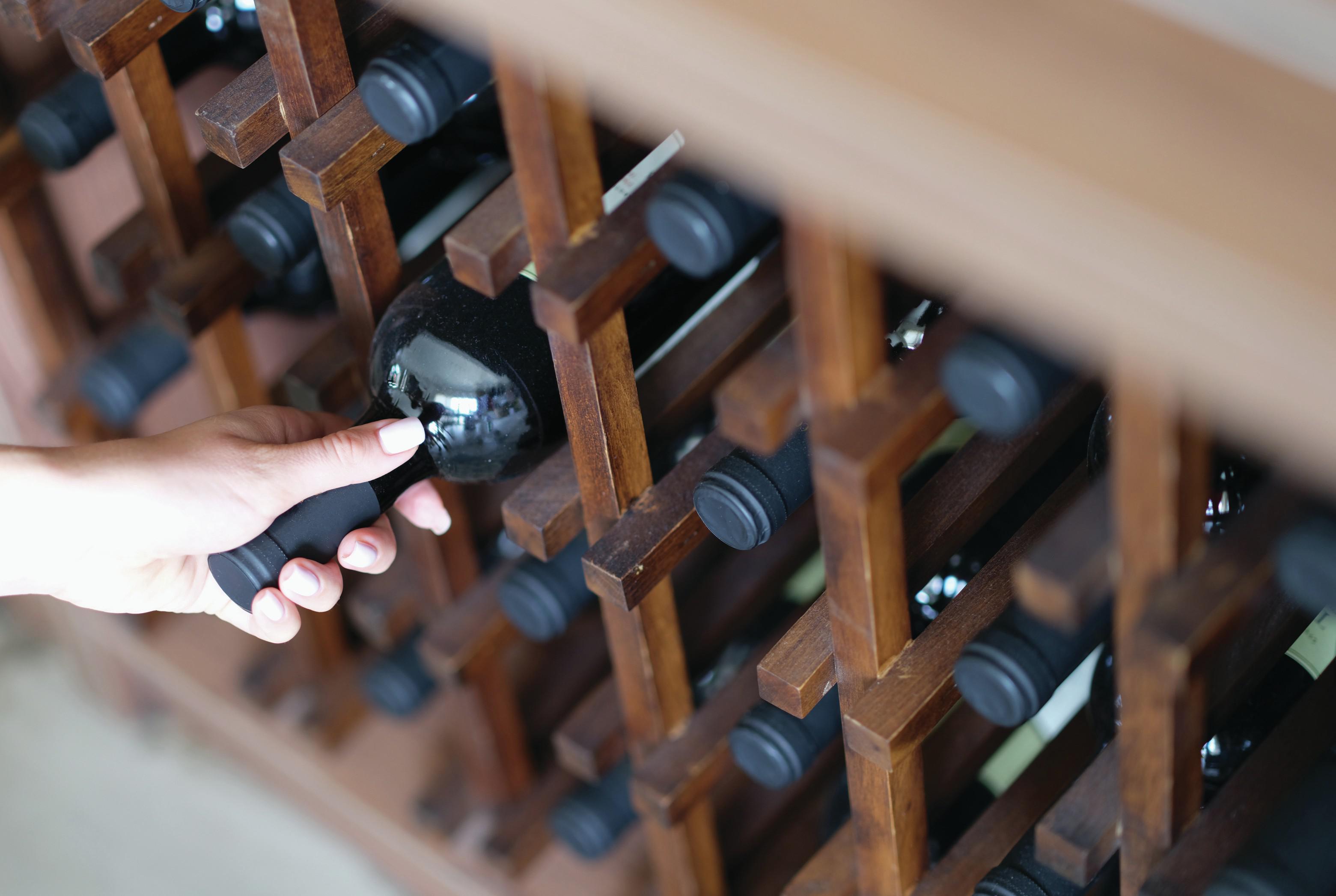
Berry Bros. & Rudd buyer Barbara Drew MW argues that “while organic is certainly part of the broader conversation about sustainability, it’s by no means the only ‘sustainable’ way of making wine.” “When we are asked by our customers about organic wine, we try and give a full view of sustainability, including organic – we would advise all customers to look at sustainability in a more holistic way.”
Providing greater clarity about exactly what the terms themselves mean and what the overall philosophy is key in the fine wine arena, producers agree. As winemaker Charles Lachaux of Arnoux-Lachaux explains: “We try to educate our consumers about what we do, not to say ‘it’s the best or not’, but to have them make the choice.”
So does it follow then that organic production equals better wine? Not necessarily, according to Bodle.
“I think that organic doesn’t necessarily equal premium. There are other things which winemakers are doing which are much better for the environment, using products that they are still allowed to be used with organic certification. It’s not necessarily making the biggest impact on the environment,” she says.
INCREASING BIODIVERSITY
However, while organic production means the strict adherence of eschewing chemical fertilisers, pesticides, herbicides, or fungicides, the ethos fits into the broader philosophy of sustainable agriculture, with the commitment to eradicate monocultures, and introduce more regenerative farming practices including cover crops, hedges, and increasing biodiversity. “That is a huge step in the right direction,” Bodle argues.
“But does converting to organic make the wines any better, or are producers already making the very best wine and they’ve just added another string to their bow?” With such a layered debate around organics at the top end of the wine market, it seems likely that where the producers lead, the consumer will followed. iDealwine concludes: “When it comes to dealing with the wines that attract the highest prices, organic or even biodynamic production methods are somewhat of a prerequisite.”
The most organic countries
The most recent OIV figures, from 2019, demonstrate how Eurocentric organic viticulture is, with three countries accounting for 76% of organic production. Spain leads the way, making up 27% of the organic wine market, followed by France (25%) and Italy (24%). The next-biggest country, the US, accounts for just 3.6%, just ahead of Turkey and Germany (both 2%), while Austria, Greece and Argentina (at 1% each) also make it into the top ten. The data also shows that 15% of Italy’s vineyards are certified as organic, compared with 14% of France’s, 14% of Austria’s, and 13% of Spain’s.

